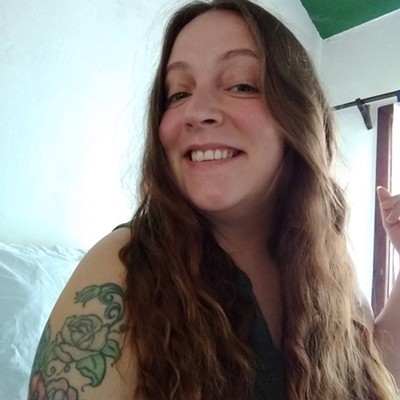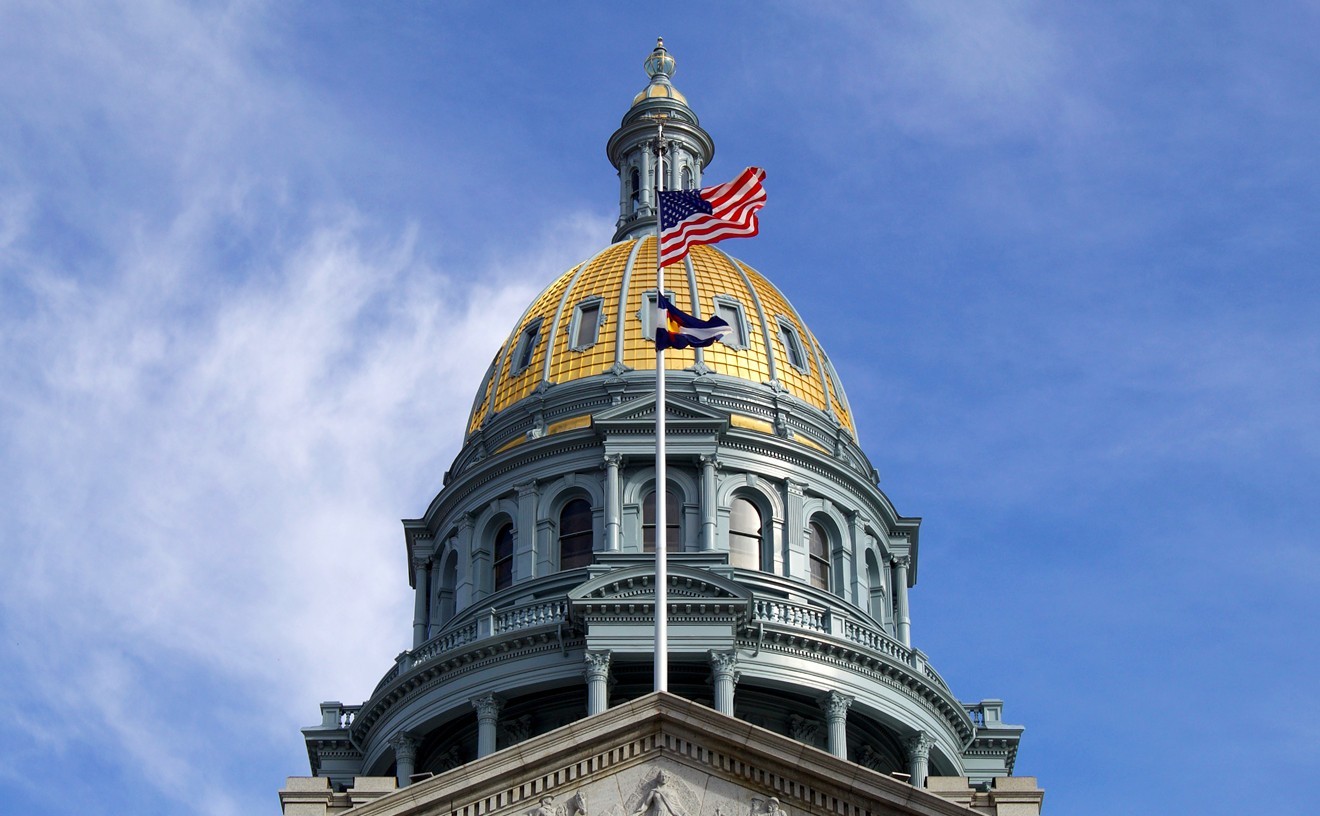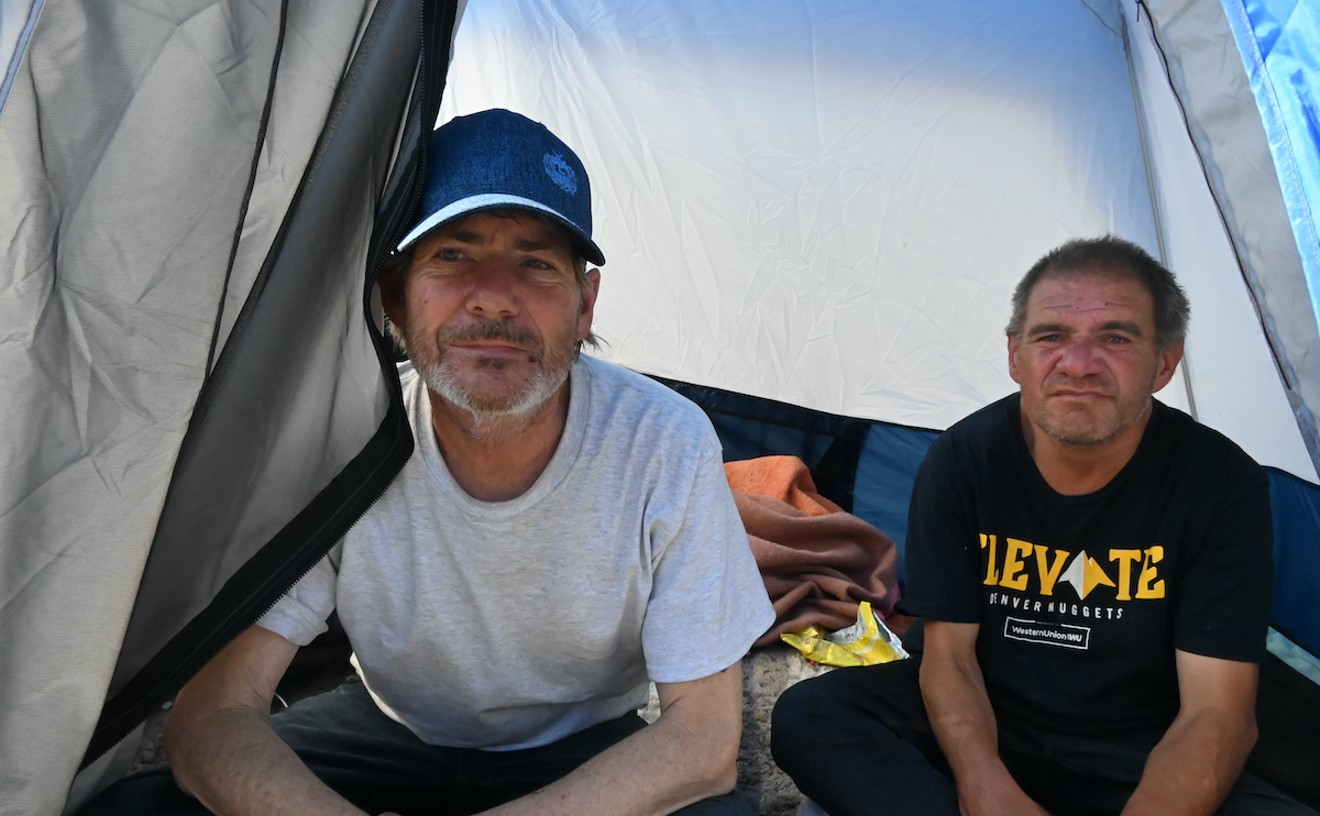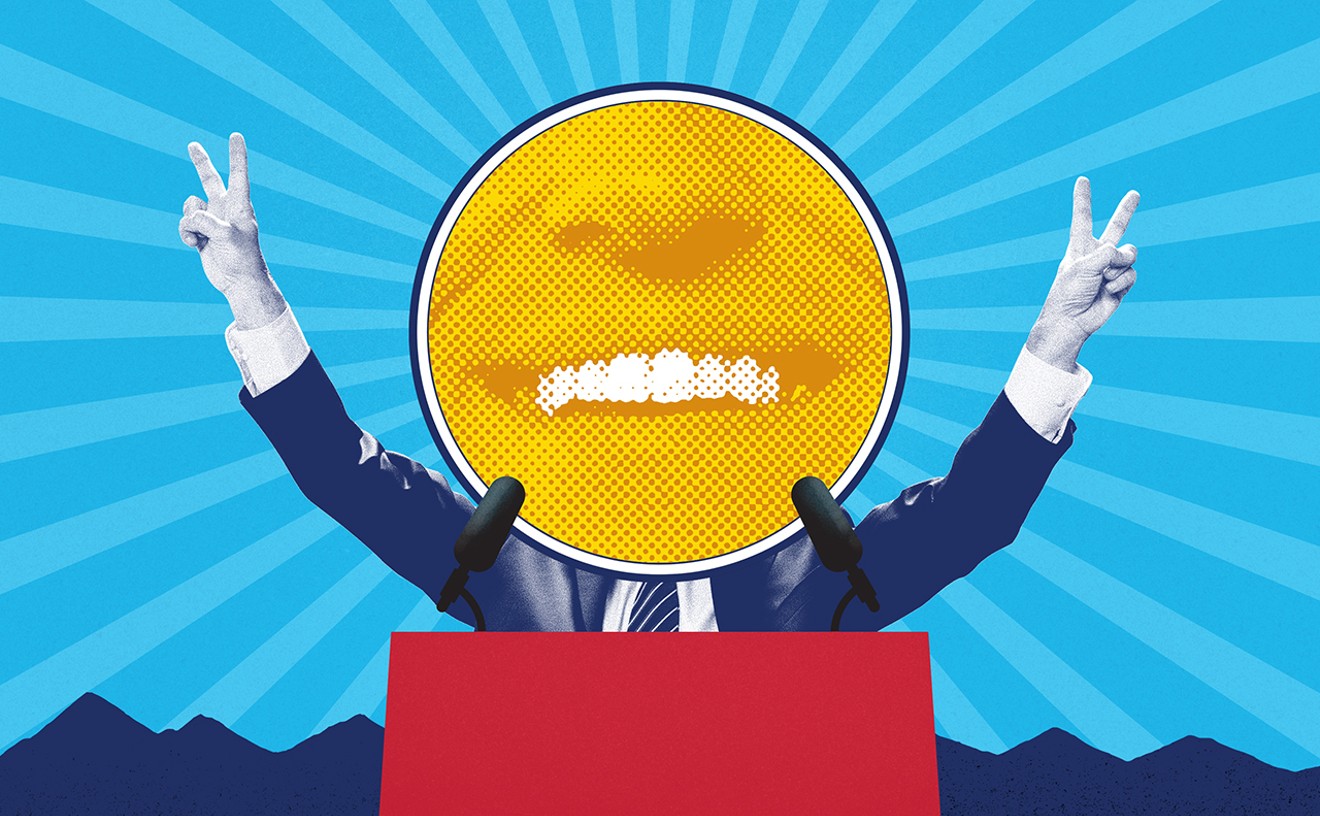One word. Three syllables. Neither the slack-jawed adults nor the gawking teenagers could immediately understand what the news on television was showing us. We could not quickly puzzle through what our teachers were saying while we were watching their faces contort — a horror searing itself permanently into our collective memory. On the grainy, rolling screens of wall-mounted TVs in high schools across America, we watched live as kids our age fell limply out of windows, while others ran crying, arms raised, from a school that looked just like thousands of others across the country. Just like ours.
Columbine.
Those who make their home in this part of the Denver suburbs necessarily use the word daily. They drop their young children off at Columbine Hills Elementary. They check their books out of the Columbine Library. They pay their parking fines at the Columbine Valley municipal offices. They see police cars, fire trucks and ambulances emblazoned with that word along the sides. The community can never forget what happened at Columbine High School, but that word — the word that describes their tiny corner of the world — has become to others taboo, a curse. A warning. It is a word that locals have had to forgive.
A transplant to the area, I stare a bare second longer than natives at the Columbine ambulance garage on my daily route, blink a few extra times when the radio announces Columbine school closings due to snow.
April 20, 1999. We did not know then what we know now. Namely, that it could get worse. That, in fact, it would.
The ‘how’ of Columbine is readily available.
That morning, two students set a diversionary bomb to go off at 11:14 in a field a few miles from the high school to draw the attention of emergency responders. The two teenagers drove separately to school. Each left their vehicles in a different lot, both vehicles holding concealed car bombs set to detonate at noon. They entered Columbine High’s cafeteria, leaving two massive bombs shortly before the first lunch session began, setting them to explode at 11:17.
Perhaps by providence, perhaps by the killers’ ineptitude, hundreds of lives were spared when the cafeteria bombs failed to detonate. However, rifles require less technical knowledge than homemade explosives. At 11:19, the shooting began.
Several survivors, students and teachers, reported believing at first it all part of an inexplicable prank. At 11:22, the on-site deputy requested assistance. At 11:24, the reality of the situation was clarified to local police, and the deputy exchanged gunfire with one of the shooters. At 11:29, the shooters entered the school library, and the infamous massacre ensued. By 11:35, the killing was done. At 12:08, the perpetrators committed suicide together.
America was by no means innocent to gun violence prior to Columbine, but neither were we expecting a high school massacre. Life changed abruptly for teenagers nationwide. We were discussed in terms of how we should be handled and dealt with. What could cause such a thing?
Was it bullying? The aftermath of Columbine left me with a clear memory of the often bizarre reality of being a teenager. One teacher used a class period to open discussion on why we thought those two kids had shot their classmates. A quiet kid, a nerd like me, a frequent object of ridicule and harassment one seat over muttered, “I bet they got picked on at school a lot.”
The heads whipping around were nearly audible. Eyes widened, eyebrows raised. Mouths dropped open. With a simple sentence, one of the most readily available targets for hallway abuse shocked a classroom into momentary silence. Unease. By the end of the day, everyone knew what the weird kid had said.
We who had just been weird to look at, fun to laugh at, and social suicide to speak kindly to, morphed overnight into something more than simple pariahs. We were feared. There was a nearly tangible relief among the ranks of the bullied, but being feared is its own special hell.
National finger-pointing began in earnest. Parents, pastors and politicians heaped blame on whatever was at hand. It’s the video games, they thought. It’s the music, the gory movies. It’s the lack of prayer in schools, and the lack of discipline. There’s just something wrong with kids today.
Since Columbine, there have been over 200 school shootings. The victims and survivors of Marjory Stoneman Douglas High School in Parkland, Florida, had never known an America that wasn’t riddled with school shootings. Generation Y has no memory of a time when this was anything but normal.
For their whole lives, each new shooting has produced hand-wringing, thoughts and prayers, and shrugging shoulders. Vague politicians discussing a need to tackle mental-health issues (which never happens) and gun-rights activists snarling “too soon” when someone raises their voice to ask why we allow this. Our culture reacts to each mass shooting with a sharp increase in gun sales.
After twenty first-grade children aged five and six were murdered in 2012 at Sandy Hook Elementary, an event that received the same milquetoast reaction school shootings had received since Columbine, many Americans appeared to simply give up. Much of the country simply accepted that this was just our reality now.
Then came the survivors out of Parkland, the kids who lived through the worst school shooting since Columbine. These teenagers who had spent their entire lives in the shadow of Columbine and everything it resulted in —backpack searches, locker checks, metal detectors, campus police in Kevlar, relentless paranoia and learned helplessness — fought back. They are fighting back. And the powerful people and politicians and lobbyists and special-interest groups that had cowed the generations before them are being picked apart, torn down bit by bit.
The National Walkout on March 14 saw thousands of students across the nation join in protest. Many stood outside of their schools for seventeen minutes, one for each life lost in the Parkland shooting. Some students marched, bringing massive protest to regional capitals.
The March for our Lives on March 24 flooded the United States Capitol. Millions of demonstrators demonstrated across the nation, joining the half-million marching on D.C., demanding change. Emma Gonzalez, Parkland survivor and a major face of the revolution, spoke in D.C. to recount the events of February 14. Her speech included a powerful six-minute, twenty-second silence — a silence that lasted precisely how long it took a lone gunman to kill seventeen of her classmates.
This generation will not be silenced and will not back down. Many are the children of those of us who watched in school that day nineteen years ago, sitting stone still, unable to understand what our eyes were seeing. Incapable of deciphering what our ears were hearing. A lot of time has passed since that day, a lot of blood has flowed beneath the bridge. But we see you. We hear you. Our chants will join your war cries.
Never Forget. #NeverAgain.
Kera Morris is a student reporter for the Arapahoe Pinnacle and the fiction editor for the 2018 issue of the Progenitor Art & Literary Journal. Post a comment on this piece, or email [email protected].
Westword occasionally published op eds on issues of interest to the community. Send queries or submissions to [email protected].
[
{
"name": "Air - MediumRectangle - Inline Content - Mobile Display Size",
"component": "12017618",
"insertPoint": "2",
"requiredCountToDisplay": "2"
},{
"name": "Editor Picks",
"component": "17242653",
"insertPoint": "4",
"requiredCountToDisplay": "1"
},{
"name": "Inline Links",
"component": "18838239",
"insertPoint": "8th",
"startingPoint": 8,
"requiredCountToDisplay": "7",
"maxInsertions": 25
},{
"name": "Air - MediumRectangle - Combo - Inline Content",
"component": "17261320",
"insertPoint": "8th",
"startingPoint": 8,
"requiredCountToDisplay": "7",
"maxInsertions": 25
},{
"name": "Inline Links",
"component": "18838239",
"insertPoint": "8th",
"startingPoint": 12,
"requiredCountToDisplay": "11",
"maxInsertions": 25
},{
"name": "Air - Leaderboard Tower - Combo - Inline Content",
"component": "17261321",
"insertPoint": "8th",
"startingPoint": 12,
"requiredCountToDisplay": "11",
"maxInsertions": 25
}
]















